Yabusame is a ceremonial type of Japanese archery that is performed while riding a horse. Its origins date back to the beginning of the Kamakura period when Minamoto no Yoritomo, the first shogun of the Kamakura Shogunate of Japan (1185-1333), became so alarmed at the lack of archery skills amongst his samurai that he ordered his men to participate in regular yabusame competitions to encourage practice.
These days, yabusame is performed at Tsurugaoka Hachiman Shrine in Kamakura twice a year – April and September – and attracts archery enthusiasts from all over the country.
The aim of yabusame is deceptively simple: an archer gallops down a 255-meter-long track at high speed and shoots three arrows at three targets set a measured distance apart. During the approach, an archer must controls their horse with their knees, as he/she needs both hands to draw and shoot his/her bow. It is a sport that requires a great deal of strength as well as balance and coordination.
On letting the arrow fly, a rider usually shouts In-Yo-In-Yo (darkness and light). The arrow is blunt and round-shaped in order to make a louder sound when it strikes the board. If the board is struck, it will splinter with a confetti-like material and fall to the ground.
The targets and their placement are designed to replicate the optimum target for a lethal blow on an opponent wearing full traditional samurai armor, which left the space just beneath the helmet visor bare. It almost goes without saying that only the most accomplished riders are able to hit all three targets as intended.
Tsurugaoka Hachimangu is Kamakuraユs most important shrine. Founded by Minamoto Yoriyoshi in 1063, it is dedicated to Hachiman, the patron god of the Minamoto family and of the samurai in general.
Tsurugaoka Hachimangu Shrine can be reached from Kamakura Station either through the busy Komachi-dori shopping street, or along the Dankazura, a pedestrian path in the center of Wakamiya Oji Street that is lined with several hundred cherry trees. Weather allowing, you might still be able to catch them in full bloom.
LIQUID GOLD
Asakurago, Fukuoka, is renowned for a famous granary that boasts no less than three water wheels. It is here, in this unique location, where the earthユs bounty is mixed with the purest water in order to create a famous brand of sake. Traditional sake brewery Shinozaki has used koji (malt) to make high-grade sake since the Edo era, and pride itself in always following the motto of モquality first.モ Itユs not surprising, then, that it won two gold medals in tasting competitions held in 2006: Japan New Sake Tasting Competition and Fukuoka Tax Administration Bureau Sake Tasting Competition. Shinozaki has also received a gold medal for its brand of shochu. Shinozaki Co Ltd, 185 Hiramatsu, Asakura-shi, Fukuoka, tel: 0946-52-0005, fax: 0946-52-2165.
SPRING FESTIVAL
Meiji Jingu Shrine is a stunning example of how new and old Japan can co-exist quite happily in one spot. Sandwiched between the bustling districts of Shinjuku and Shibuya, the 700,000-square-meter forested area is one of the quietest places you’ll ever visit during your time in Tokyo. The Spring Grand Festival is celebrated at the shrine from April 29 to May 3 every year, and includes bugaku (traditional ceremonial dance and music), noh (traditional theater), sankyoku and hogaku (traditional popular music), hobu (traditional popular dance) and kyudo (archery). If youユre interested in experiencing a little culture in a unbeatable setting, you canユt ask for much more than that.
CLEAR AS A BELL
Edo Furin (glass wind-bells) were first introduced during the Edo era by vendors who preferred to attract buyers with the subtle sound of a glass wind bell instead of their own voice. Authentic wind-bells are hand-blown and painted from the inside, which requires expert knowledge. Yoshiharu Shinohara and his two sons continue this rich Japanese tradition today. Boutique Motai, Puzzle Aoyama, 1-2F, 3-38-11 Jingumae, Shibuya-ku, Tokyo, tel: 03-5772-7255, web: www.boutique-hospitalityjapan.com.
Story by James Sycamore
From J SELECT Magazine, April 2007

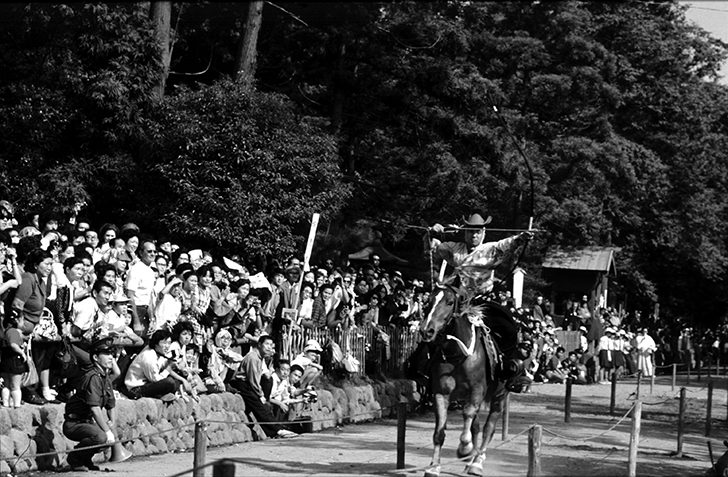

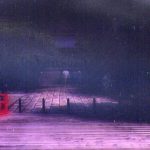

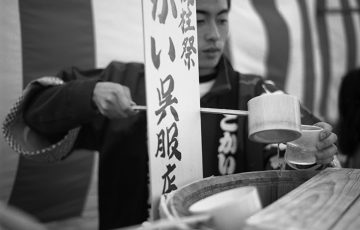
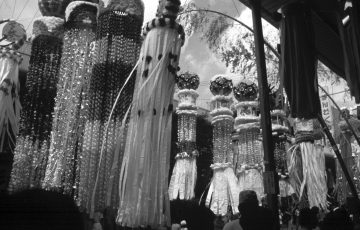
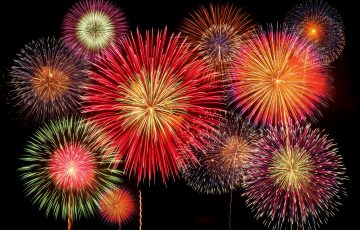

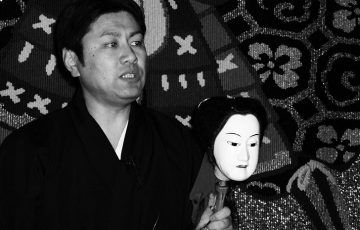

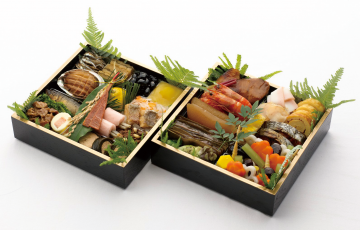
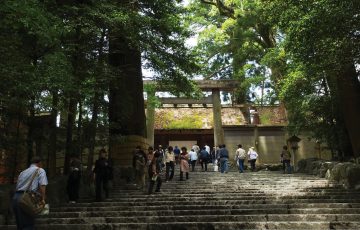


Recent Comments